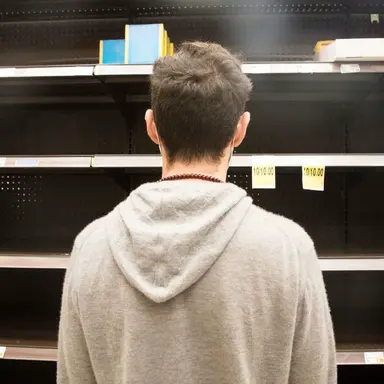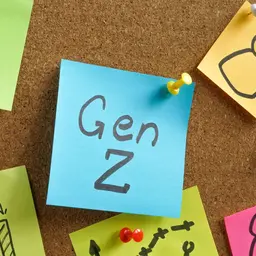
There’s nothing more frustrating than going into a store and not finding what you came for. How do consumers react when certain products are unavailable in store? This is the question answered by the OpinionWay-Autone study.
To conduct this survey, 1057 people were interviewed by self-administered questionnaire between February 7 and 8, 2024.
While e-commerce is often recognized for its significant advantages, consumers tend to visit stores more often.
For example, 86% of those surveyed said they regularly buy beauty products in stores, compared with 68% on the Internet.
More specifically, 14% of respondents buy new cosmetics every month (versus 7% on the Internet), 22% once a quarter (versus 15%) and 20% (versus 15%) once every six months.
According to the survey, the shopping trip can turn into a nightmare.
The list of unpleasant in-store elements includes:
• Lack of price information on a product (62%)
• Unavailability of products (60%)
• Untidy shelves (50%)
• Lack of information on product origin (48%)
• Product appearance (44%)
• Waiting time at the checkout (40%)
• Lack of substitute products if the product is unavailable (39%)
• Lack of service (37%)
Did you say out-of-stock?
Most of the time, buyers have no trouble finding the references they want. But there are times when they do.
4% of respondents explain that they have often had to deal with an out-of-stock situation for a particular beauty product (and 18% …













